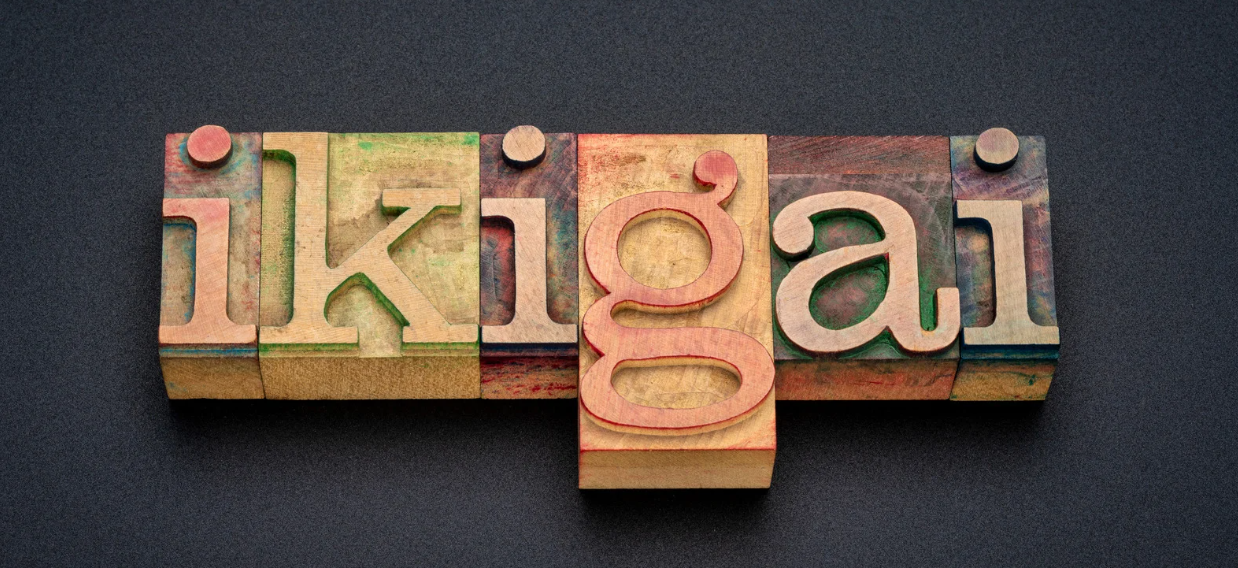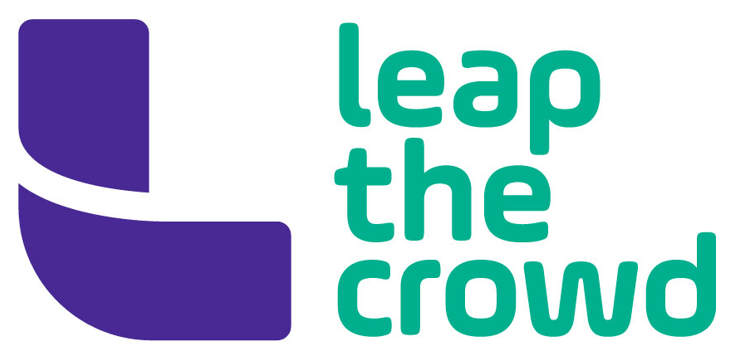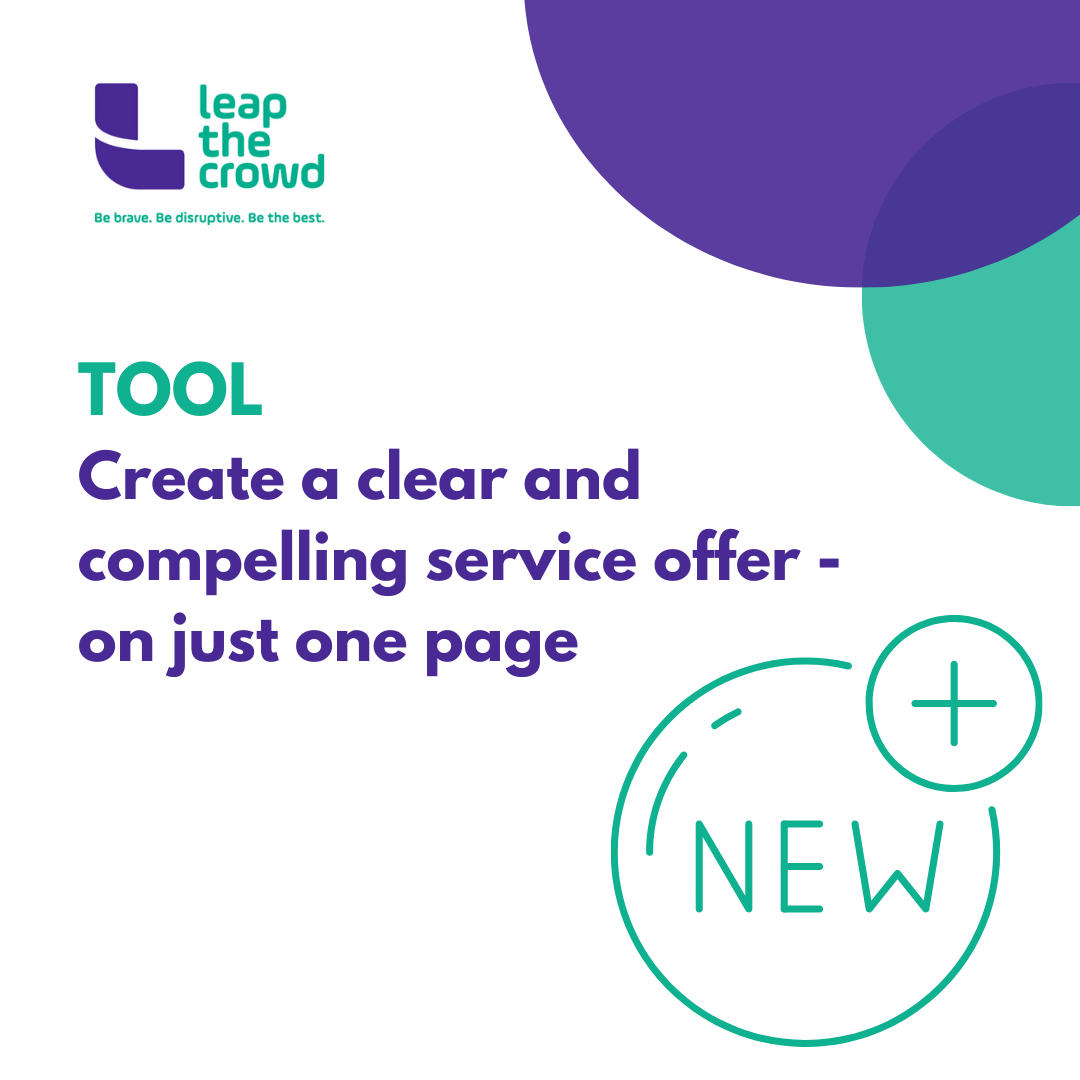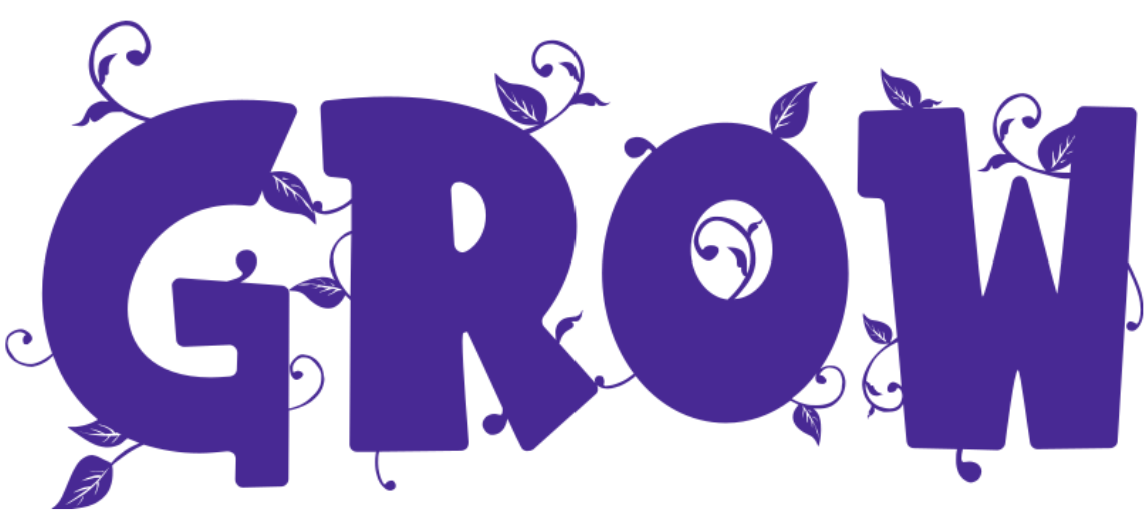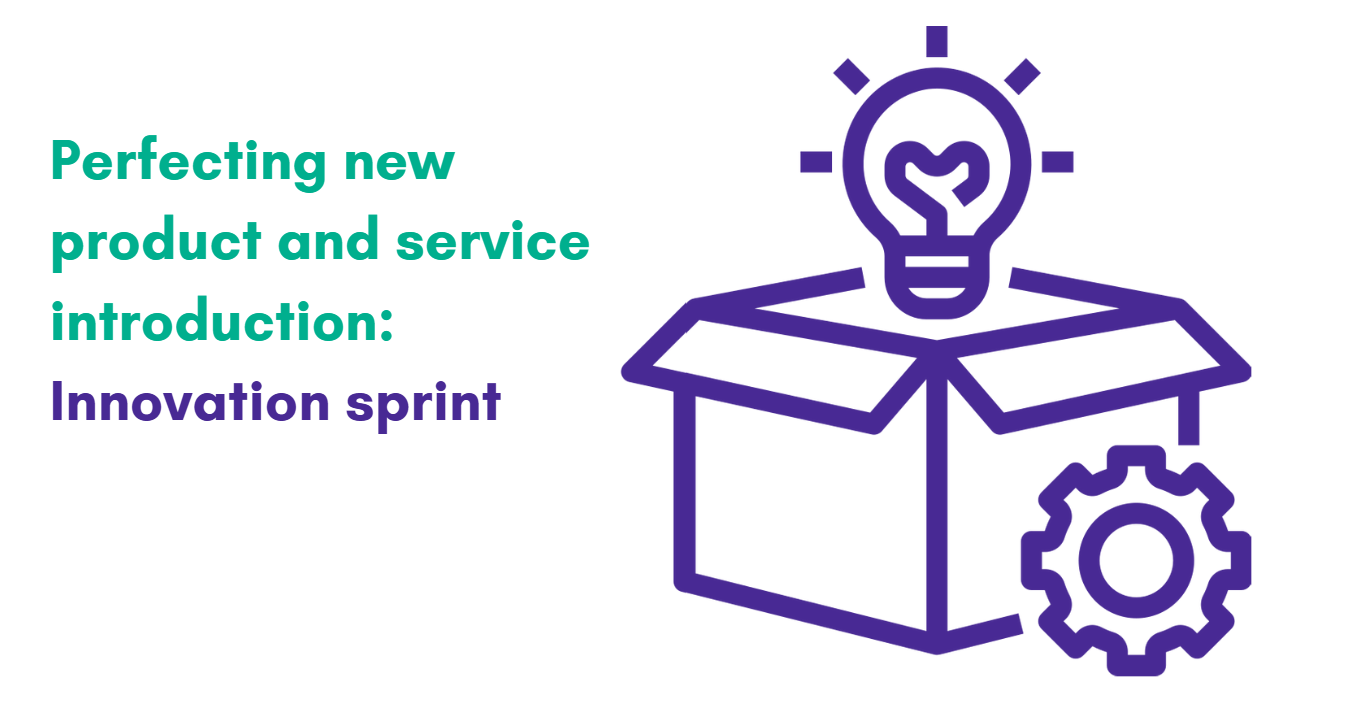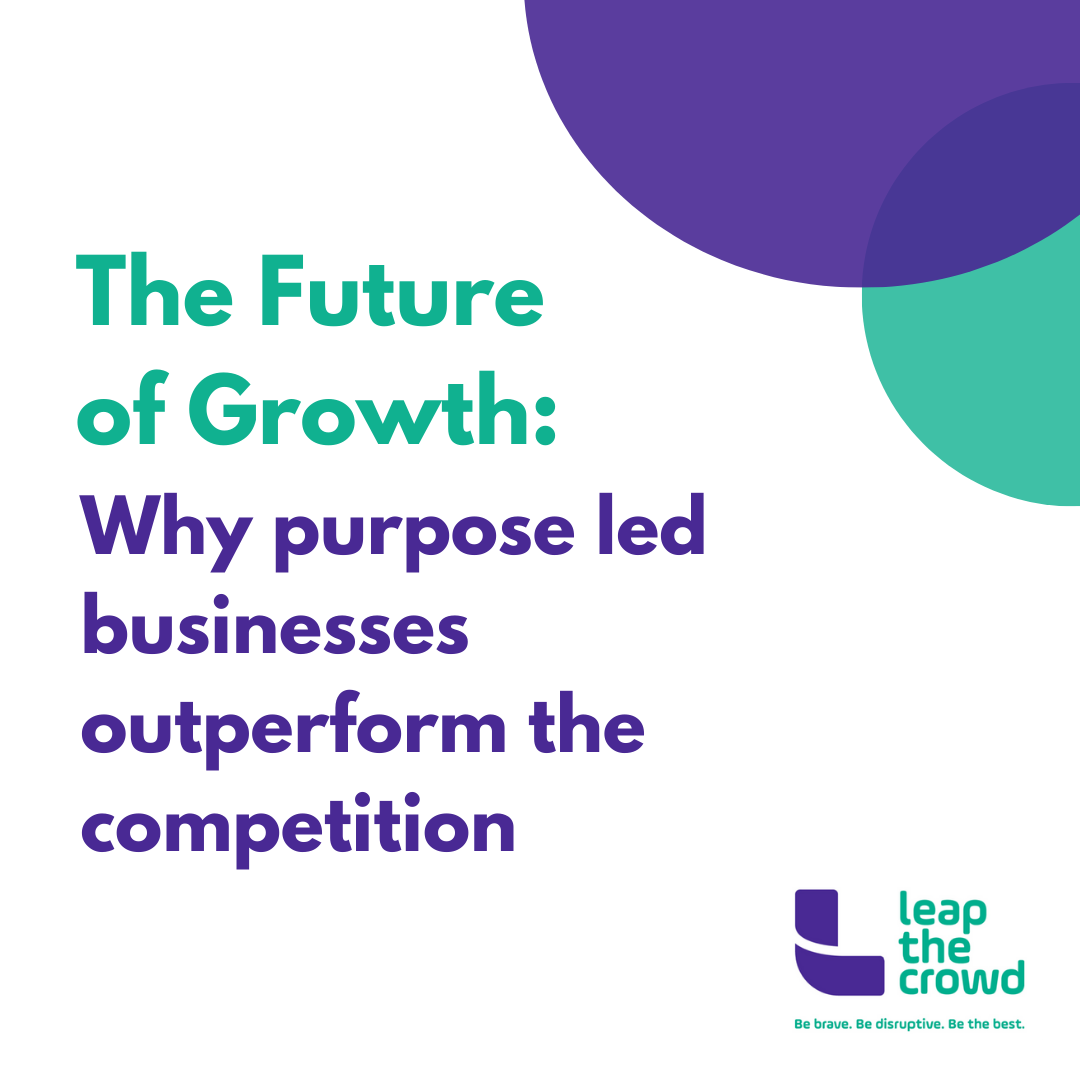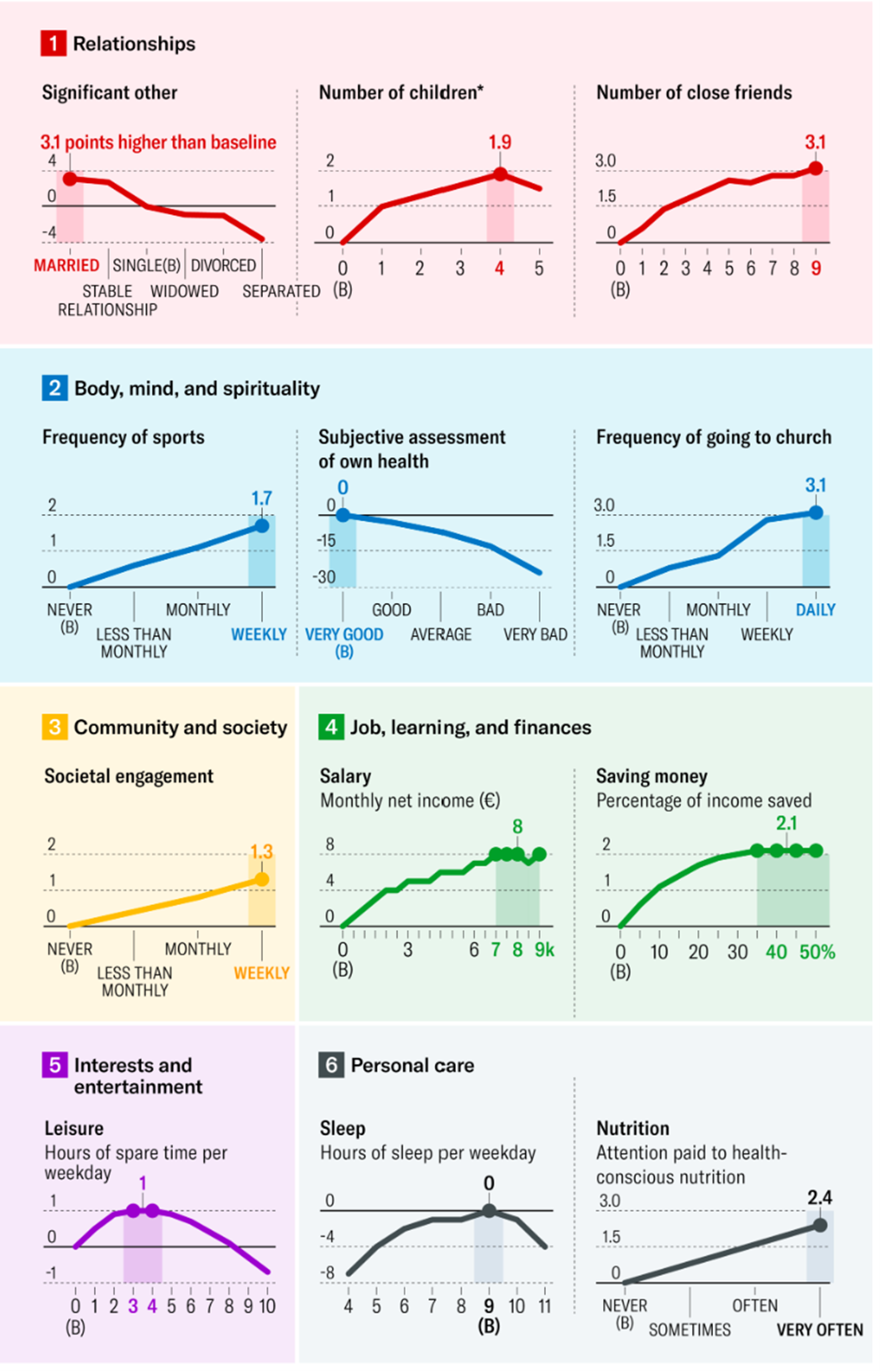Introduction: Small Numbers, Big Impact
Creating a tipping point for change doesn’t require engaging an entire population. Instead, success lies in identifying and mobilising a committed 3.5% of people who share a passion for your cause and can influence others.
Research by Erica Chenoweth, a political scientist at Harvard University, reveals that only 3.5% of a population needs to be actively engaged for a movement to achieve significant, lasting change. Once this threshold is reached, success becomes virtually inevitable.
This principle, combined with Malcolm Gladwell’s "Tipping Point" theory and the Innovation Diffusion Curve, helps explain how social movements, political campaigns, and industry shifts gain momentum.
By focusing on the early coalition - the pioneers and early adopters - you can create the conditions for change, shifting a cause from niche interest to mainstream adoption.
When & where to apply the 3.5% rule
The 3.5% strategy is effective in:
- Social movements – Mobilising advocates for policy, social justice, or environmental change.
- Business & innovation – Launching new products, industry trends, or cultural shifts.
- Organisational change – Driving transformation within companies or sectors.
- Public policy & advocacy – Gaining support for legislative or systemic change.
- Community engagement – Building grassroots movements.
By securing early buy-in from the right people, you set the foundation for broad adoption and mass engagement.
Benefits of Building a 3.5% Coalition
- Creates momentum – A small group can trigger widespread influence.
- Amplifies impact – Passionate advocates persuade others more effectively.
- Reduces resource strain – Focuses efforts on key stakeholders rather than the whole population.
- Increases chances of success – Once the tipping point is reached, change becomes inevitable.
- Applies across sectors – From activism to business innovation, the principle works universally.
Step-by-step guide to building the 3.5% early coalition
Step 1: Identify the Champions (the pioneers & early adopters)
Goal: Pinpoint the individuals and groups most likely to champion the cause early on.
The Innovation Diffusion Curve, developed by Everett Rogers, divides a population into five key groups:

Activities:
- Map out potential innovators and early adopters in your space.
- Identify existing advocates, experts, and influencers with aligned interests.
- Seek out individuals who already show enthusiasm and commitment to similar causes.
Key Question: Who are the people most likely to champion this cause early on?
Kill Signal: If no clear advocates exist, the movement may lack traction, reassess your messaging or target audience.
Step 2: Build engagement & credibility (creating the tipping point)
Goal: Establish trust, credibility, and early traction to convert early adopters into active advocates.
Activities:
- Craft a clear and compelling narrative that resonates with your audience.
- Use case studies, success stories, and data to back up your cause.
- Engage in direct conversations with key stakeholders and influencers.
- Leverage trusted messengers (credible figures in the field) to spread awareness.
- Host small, high-impact events to bring early advocates together.
Key Question: How can I make early adopters believe in and advocate for this cause?
Kill Signal: If early adopters don’t engage or show enthusiasm, refine your messaging or rethink your approach.
Step 3: Activate & mobilise the 3.5% coalition
Goal: Turn early supporters into active participants who spread the message.
Activities:
- Give early adopters specific roles and responsibilities to increase commitment.
- Equip them with tools, messaging, and resources to share with others.
- Encourage peer-to-peer advocacy, enable them to recruit others.
- Use social proof, highlight stories of people already engaging.
- Create momentum building events (challenges, petitions, viral campaigns).
Key question: How can I empower early adopters to become movement leaders?
Kill Signal: If no one is actively promoting the cause, engagement strategies may need adjustment.
Step 4: Scale beyond the 3.5% – reaching the early majority
Goal: Shift the movement from early adoption to mass adoption.
Activities:
- Show evidence of success – testimonials, media coverage, endorsements.
- Make participation simple and rewarding for new supporters.
- Expand visibility through networks, media, and partnerships.
- Align with existing institutions or cultural trends to lower adoption barriers.
- Encourage leaders from different groups to endorse the movement.
Key Question: How do we make the movement feel inevitable?
Kill Signal: If momentum stalls, return to early adopters for insight on adjustments.
Final thoughts: turning 3.5% into a tipping point
The 3.5% Rule proves that big change doesn’t require a majority, just a small, committed group of advocates who can influence and mobilise others.
By strategically focusing on:
- Innovators & early adopters who drive momentum.
- Engagement & credibility to solidify support.
- Mobilising advocates to actively spread the message.
- Scaling the movement to reach a wider audience.
You increase the chances of reaching the tipping point, where change becomes unstoppable.
Real change starts with the committed few. Who will you engage today?
